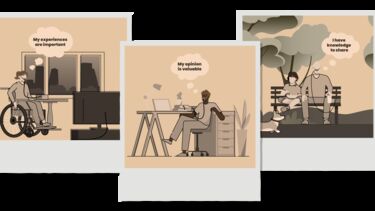Blog
This is the page for news related to, or coming from, Cripping Breath.

Off
Welcome to the Cripping Breath blog!
In our blog we will be sharing project updates, news and our thoughts and perspectives from across the project. Please do take a look around, and have a read of the linked blog posts below!

